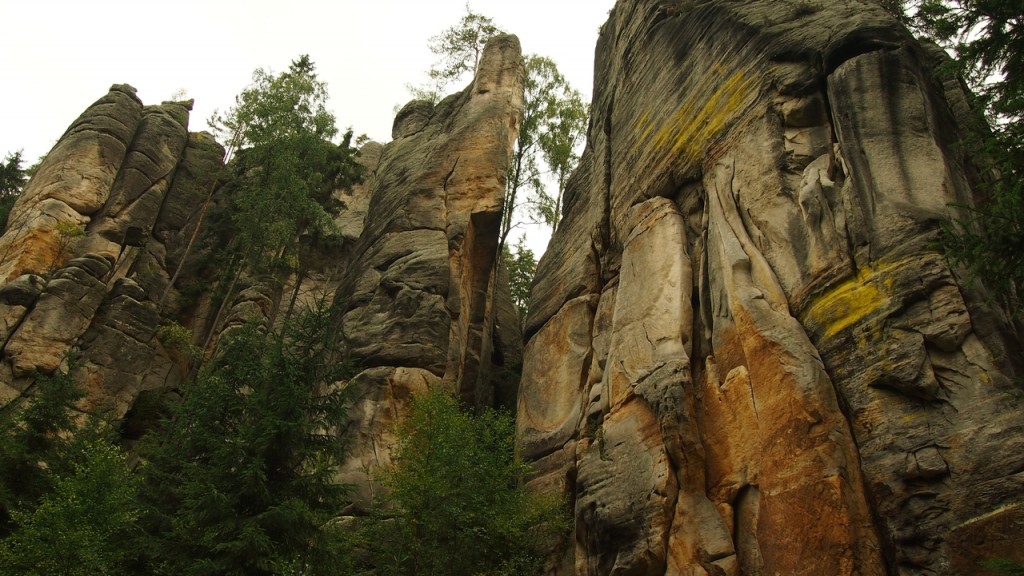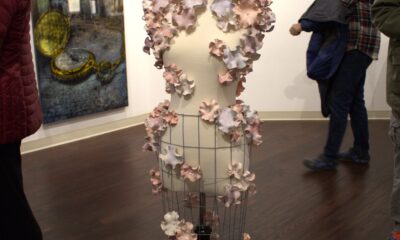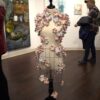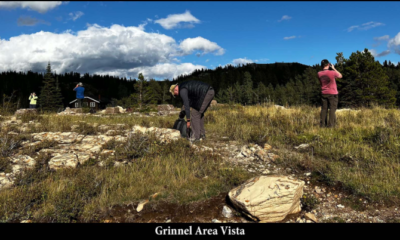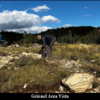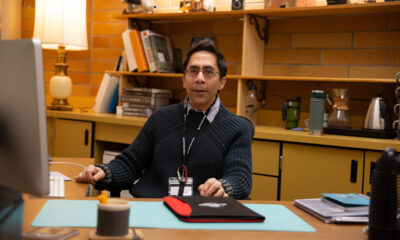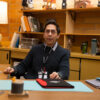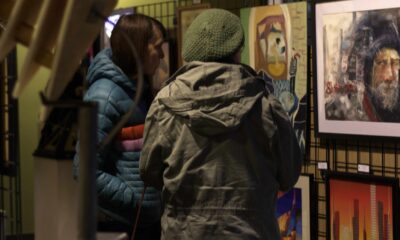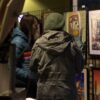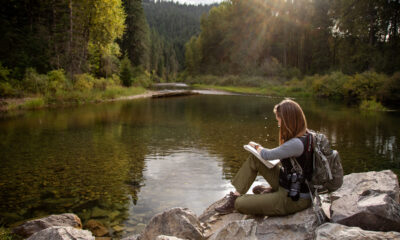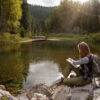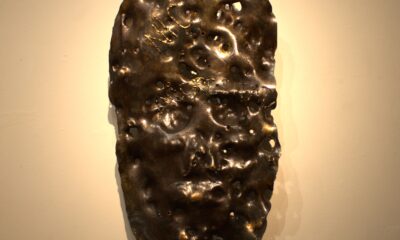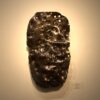Purple, yellow, green, and blue melted rock morphed and molded into a living record of lost time. Layer upon layer of natural fragments and recycled debris mashed together, sculpted into striking monoliths, giving the air of deep wisdom and knowledge. But like memories of childhood, these fragments have been warped and eroded by the sands of time.
This is what its like to experience the art presented by Greg Pierce; his collection of works titled “Subterranean Fragments,” currently on display at the Corner Gallery in Boswell Hall.
Pierce, a Pasco resident, has a long history in the art community all over the country. Working as a ceramics instructor in Syracuse, New York, resident artist ceramics instructor in Beaumont, Texas, resident artist in Somerville, Massachusetts, ceramics, 2D and 3D design instructor at San Diego State University, and currently as assistant professor of art at Columbia Basin College in Pasco, Washington.
Pierce said in his artist statement, “Rather than reproduce traditional vistas, I condense my personal experience and memory, both real and imagined, into visual abstractions. The resulting forms are like personal building blocks that communicate my observations and connection to place.”
The process. Pierce begins by scavenging from road sides and pre-disturbed sites, collecting a variety of material that will later be sorted out by size using sieves. Next the various materials are mixed with Flux, an agent that slightly reduces the melting temperature of rock. Once the chosen fragments have been mixed with Flux the layering process begins. Layers of rock, clay, and recycled glaze are built up “similar to rebuilding layers in the earth” pierce said.
The layers are constructed within combustible cardboard frames which give the piece its basic shape, refractory sand is used to give the object negative space and to encase the piece while in the kiln. The object is then fired using a kiln, heated to 2230 degrees Fahrenheit and is held at that temperature for several hours. The entire firing process takes roughly 35 hours and must cool for 2-3 days.
“It’s kind of like working with a small scale volcano and coercing lava into forms,” Pierce said.
Once cooled the pieces are removed from the sand, cleaned and cut using diamond blade tools to uncover what is buried within. To finish the pieces are glazed and fired again, sometimes 2-3 times depending on how many layers of glaze is applied.
Pierce plans to have his work in a faculty show at Columbia Basin College, Washington, in February, and at a solo show in Houston, Texas, in March.
